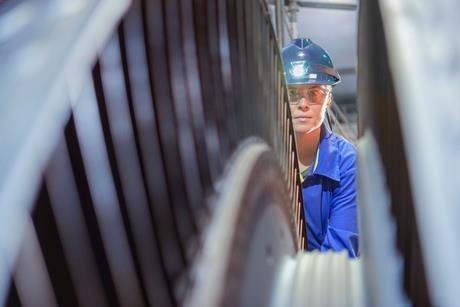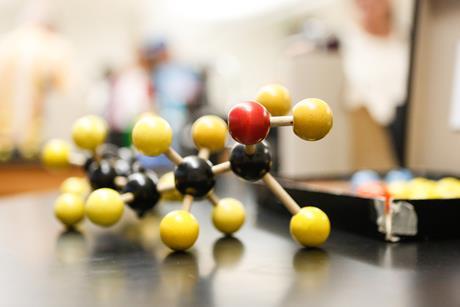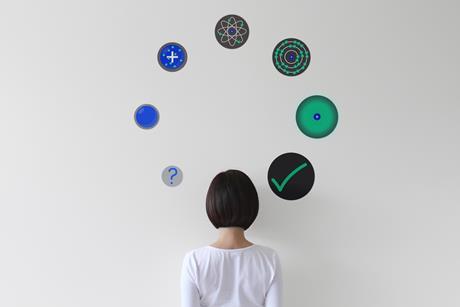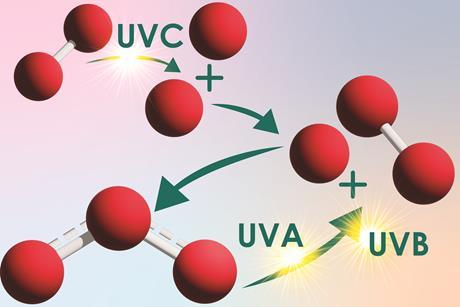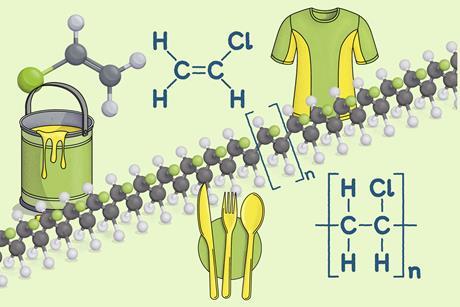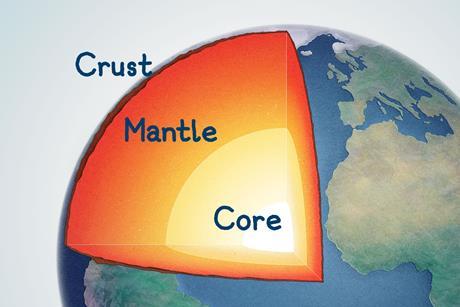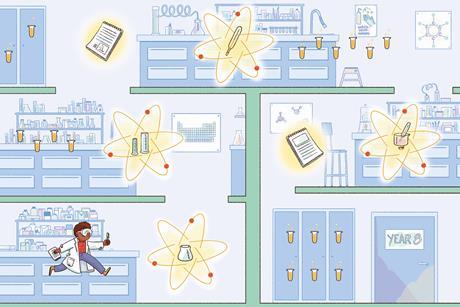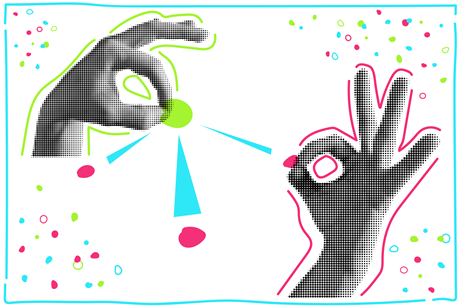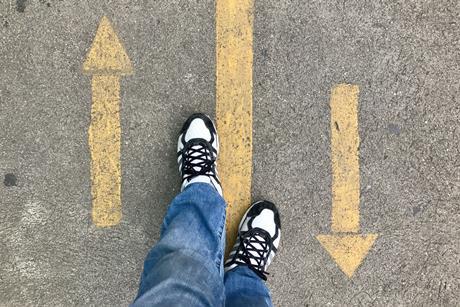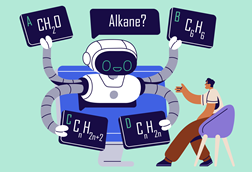Fuel curiosity in science careers
Help foster the next generation of scientists by linking teaching topics to real-world events and career pathways
Use AI to successfully assess students’ understanding
Discover how to quickly and effectively generate multiple choice questions on key chemistry topics
5 ways to successfully teach structure and bonding at 14–16
Strengthen students’ grasp of the abstract so they master this tricky topic and effectively tackle exam questions
Reduce your workload with ChatGPT
Use these tried-and-tested tips to save time and boost your teaching practice
5 ways to teach atomic structure at 14–16
Secure your learners’ understanding of this core topic with these teacher-tested strategies
How to teach extraction of metals at 14–16
Solidify learners’ understanding of extraction processes with these tips, misconception busters and teaching ideas
How to teach chromatography at post-16
Everything you need to help your students master the fundamentals of this analytical technique
How to teach atmospheric chemistry at 14–16
Use these guiding questions to guarantee student understanding of this tricky topic
Illustrate polymer properties with a self-siphoning solution
Demonstrate the tubeless siphon with poly(ethylene glycol) and highlight the polymer’s viscoelasticity to your 11–16 learners
Demonstrate concentration and density with a transition metal colloid cell
Boost 11–14 learners’ understanding of diffusion and transition metal chemistry
Highlight transition metal chemistry with an oscillating luminol reaction
Light up your 16–18 learners’ interest in catalysis and transition metal properties with this chemiluminescent reaction
Everything you need to teach addition polymerisation
Use this poster, fact sheet and classroom activity to ensure your 14–16 learners get to grips with addition polymers
How to teach the Earth’s structure for younger students
Get to the core of the Earth’s composition with this poster, fact sheet and classroom activity
Successful strategies for sequencing knowledge
Discover how to effectively develop your students’ knowledge and skills by sequencing practical activities
Teaching the bonding spectrum
Everything you need to help your post-16 grasp the realities of bonding, electronegativity and intermolecular forces
How visuospatial thinking boosts chemistry understanding
Encourage your students to use their hands to help them get to grips with complex chemistry concepts
Understanding how students untangle intermolecular forces
Discover how learners use electronegativity to predict the location of dipole−dipole interactions
3 ways to boost knowledge transfer and retention
Apply these evidence-informed cognitive processes to ensure your learners get ahead
Boost maths skills to improve chemistry learning
Use these evidence-based tips to help your learners get ahead with chemical calculations
Support student sensemaking through directed dialogue
Discover how to encourage effective classroom conversation to boost student understanding
How to banish misconceptions with green chemistry
Evidence-informed tips on how a greener approach can improve problem-solving abilities and address misconceptions
More articles
- Previous
- Next



